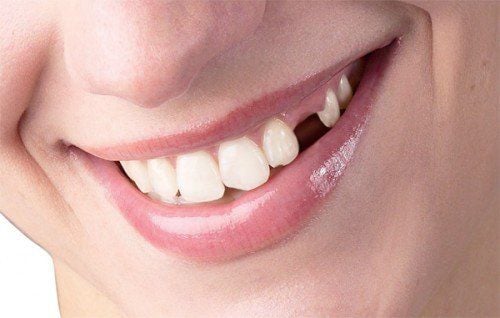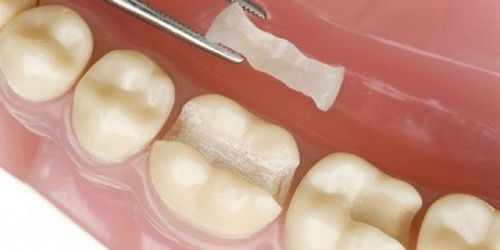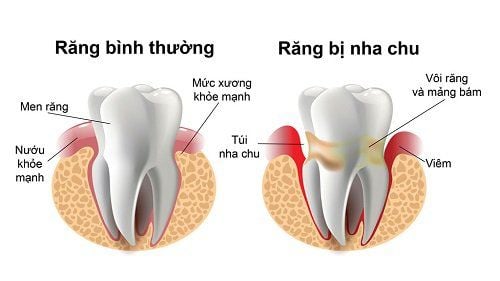This is an automatically translated article.
Filling is a widely used procedure in dentistry to restore chipped, decayed teeth. Currently, there are many different filling materials, each with its own advantages and disadvantages to meet the diverse needs and preferences of customers.
1. What is a filling?
Cavities can form due to frequent habits of consuming sugary foods and drinks, not brushing or flossing regularly. These areas of permanent damage can cause visible holes in the teeth, brown or black stains, sensitive teeth, and sharp pain.
Fillings are about replacing damaged parts of teeth and preventing further progression of caries. Although fillings are usually permanent, your dentist can initially treat cavities with temporary fillings. Temporary fillings will not last long and are not a permanent solution, you will need to schedule follow-up visits with your dentist to replace the temporary filling with a permanent filling.
2. Types of filling materials
2.1. Composite fillings Composite fillings are the most widely used filling materials today. They are made of glass or quartz in plastic. Your dentist may choose a composite filling if your cavity is small to medium or your teeth require a lot of chewing. This can also be a good option for those who are afraid of dental work, as the composite can be bonded in place, meaning less drilling is required.
Advantage: The dentist can match the color of the composite filling to the color of your teeth. Composites are also quite durable, can often be finished in one go, and can be used to repair small cavities or even larger damage that is only temperature sensitive for a short time after filling. Cons: Composite fillings can yellow or discolor over time, just like your teeth. 2.2 GIC (Glass ionomer Cement) fillings GIC fillings are made of acrylic acid and fine glass powder.
Advantage: They can be colored to match your neighboring teeth. They can also be designed to release small amounts of fluoride, which helps prevent cavities from forming. Cons: These fillings can break, so they're not a good choice for surfaces that require a lot of chewing. In addition, they may not be suitable for large cavities. Instead, your dentist may suggest you use it for a deep hole near your gum line or for fillings between teeth.
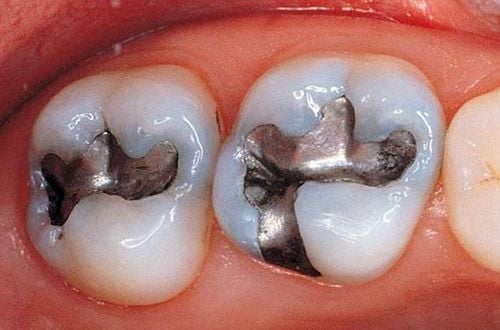
Trám răng composite là vật liệu trám răng được sử dụng rộng rãi nhất hiện nay
2.3. Porcelain fillings Pros: The color is almost the same as your teeth. These materials hold up a long time and are very hardy. Cons: Not widely used. You will need many visits to the dentist to restore porcelain teeth and the cost can be higher than other options. 2.4 Amalgam Sealants These have been the most commonly used sealants for many years and they are still widely used in many parts of the world. Dentists have been using this material for fillings for more than a century. These fillings incorporate silver, tin, copper, and mercury. They are very durable and can last for about 15 years
Pros: They last long and are relatively inexpensive. The filling process is relatively simple as the dentist does not have to worry about keeping the tooth clean and dry during the installation process. They also have a lower cost compared to other materials used in dental restorations. Cons: Amalgams are silver, so other people can see them when you smile. In addition, you may be temporarily sensitive to heat or cold after filling. Your dentist may recommend amalgam if your cavities are in your back molars, as it has good chewing ability. Some people may be concerned about the safety of mercury in amalgams, but the American Dental Association says the material is safe.
2.5. Gold Fillings This type of filling is actually an alloy of gold and some other metal.
Pros: Rugged and unlikely to get damaged or yellowed. Cons: The color won't match your teeth, so it's often used for back teeth or cavities that aren't exposed. In addition, it can be relatively expensive. Filling is a popular method because it is both simple, fast, less painful for the patient and the cost is also relatively reasonable. Based on the advantages and disadvantages of different types of filling materials, customers can choose what to use to best suit their needs and preferences.
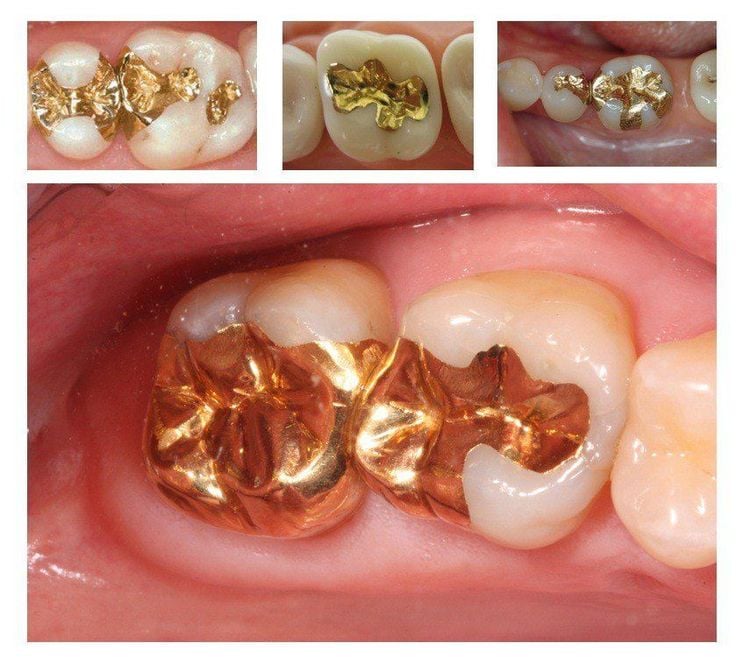
Chất liệu trám răng bằng vàng là một phương pháp được ưa chuộng
To examine and treat dental problems, you can go to the Department of Odonto-Stomatology - Vinmec International General Hospital. Currently, Vinmec is one of the leading prestigious hospitals in the country, trusted by a large number of patients for medical examination and treatment. Not only the physical system, modern equipment: 6 ultrasound rooms, 4 DR X-ray rooms (1 full-axis machine, 1 light machine, 1 general machine and 1 mammography machine) , 2 DR portable X-ray machines, 2 multi-row CT scanner rooms (1 128 rows and 1 16 arrays), 2 Magnetic resonance imaging rooms (1 3 Tesla and 1 1.5 Tesla), 1 room for 2 levels of interventional angiography and 1 room to measure bone mineral density.... Vinmec is also the place where a team of experienced doctors and nurses will gather a lot of support in diagnosis and detection. early signs of abnormality in the patient's body. In particular, with the space designed according to 5-star hotel standards, Vinmec ensures to bring the patient the most comfort, friendliness and peace of mind.
Please dial HOTLINE for more information or register for an appointment HERE. Download MyVinmec app to make appointments faster and to manage your bookings easily.
Reference sources: webmd.com, healthline.com



